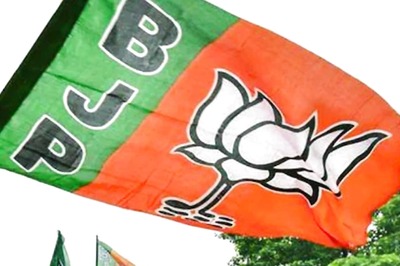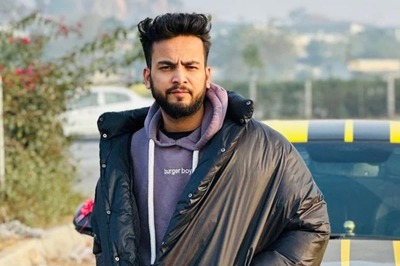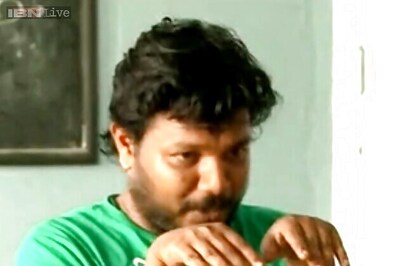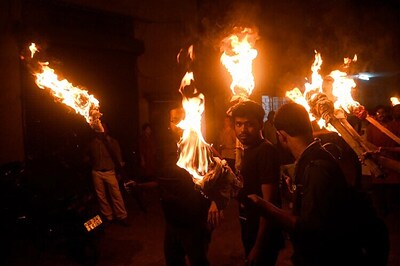
views
New Delhi: India is expected to hold the Lok Sabha elections starting next month in the world's largest democratic exercise, with Prime Minister Narendra Modi seeking a second straight term.
The country of 1.3 billion people typically holds elections in multiple phases to ensure security across polling stations.
Here are some facts and figures.
MILLIONS OF VOTERS
More than 830 million Indians were eligible to vote in the last general election in 2014, more than three times the voting-age population of the United States in 2017.
But only about 553 million Indians, or 66 percent of all eligible voters, came out to vote five years ago. There were 8,251 candidates from more than 460 political parties.
The process is conducted by the Election Commission of India (ECI), an autonomous constitutional authority, with a staff of more than 300 full-time officials at its headquarters in New Delhi.
The fight is for 543 of the 545 seats in the lower house of parliament, the Lok Sabha. The remaining two seats are reserved for the Anglo-Indian community, which traces part of its ancestry to Europeans who intermarried with Indians in the colonial era. These members are nominated by the President.
On average, each constituency had 15 candidates during the 2014 election, according to ECI data, with the highest number of hopefuls for one seat recorded at 42.
BY ROAD, BOAT AND ELEPHANT
In 2014, the ECI set up 927,553 polling stations across the country, with each location serving about 900 voters on average. No voter should be more than 2 km away from a polling station, as per ECI guidelines.
For such a mammoth exercise, nearly 5 million government officials and security forces are deployed, travelling by foot, road, special train, helicopter, boat and sometimes elephant.
These locations are often in remote areas with few facilities. More than 80,000 stations surveyed by the ECI lacked mobile connectivity, and nearly 20,000 were located in forest or semi-forest areas, according to data released last year.
In the 2009 general election, the ECI set up a polling station in the Gir forest of Gujarat, home to Asiatic lions, just for one voter.
The voting takes place in multiple phases, typically taking more than a month to allow officials and security forces to re-deploy, and the counting for all 543 constituencies is done in a single day.
The cost of the entire process in 2014 was 38.7 billion rupees ($552 million), according to ECI estimates.
CONTROVERSY
Although admired for its ability to conduct the polls with few hitches, the ECI has come under pressure from opposition parties in recent months for the use of electronic voting machines (EVMs). In 2014, 1.8 million of these were used to conduct the elections.
Opposition parties allege that EVMs - which were first introduced in 1982 - can be tampered with, and want the ECI to extensively use the Voter-Verifiable Paper Audit Trail (VVPAT) system to cross-check votes.
VVPAT is a device that is attached to an EVM and prints a small slip of paper carrying the symbol, name and serial number of the candidate voted for. This is visible to the voter for a short period, and can be later used by the ECI to verify the votes.
In February, ECI officials met national and regional parties, but haven't yet announced how widely VVPAT verification will be used this time round.




















Comments
0 comment